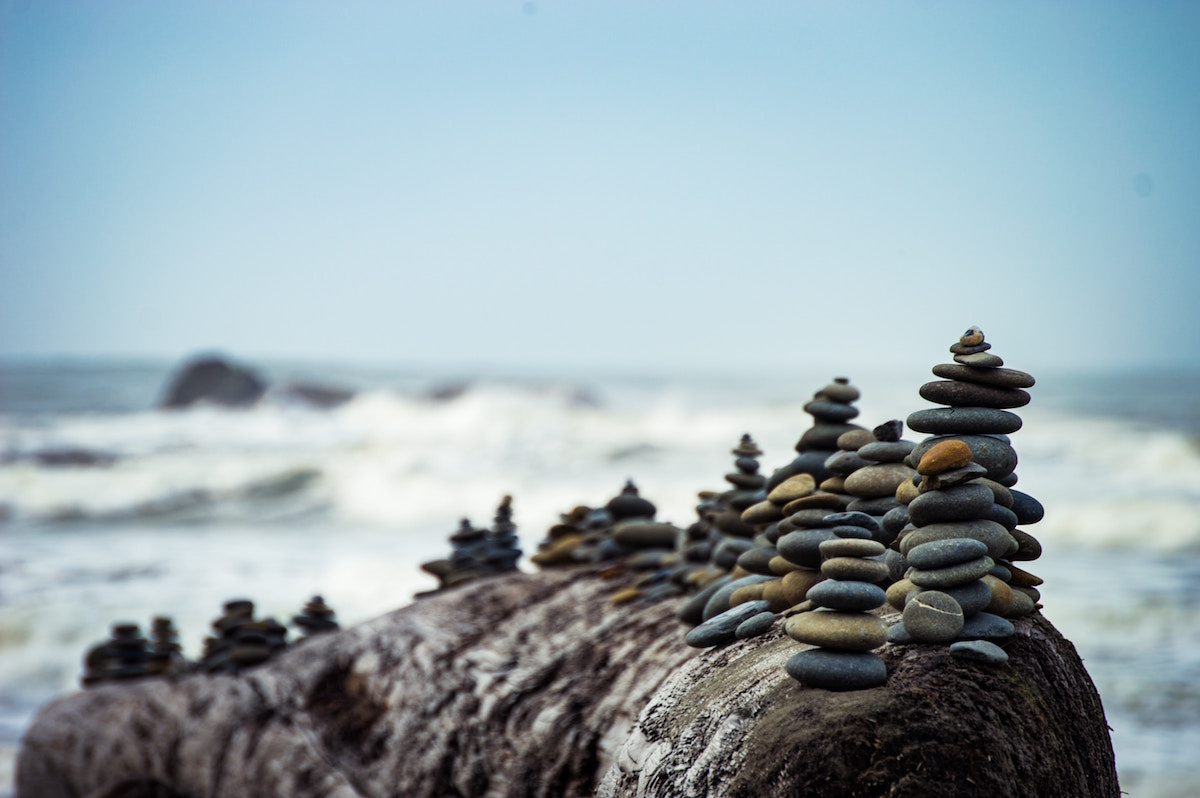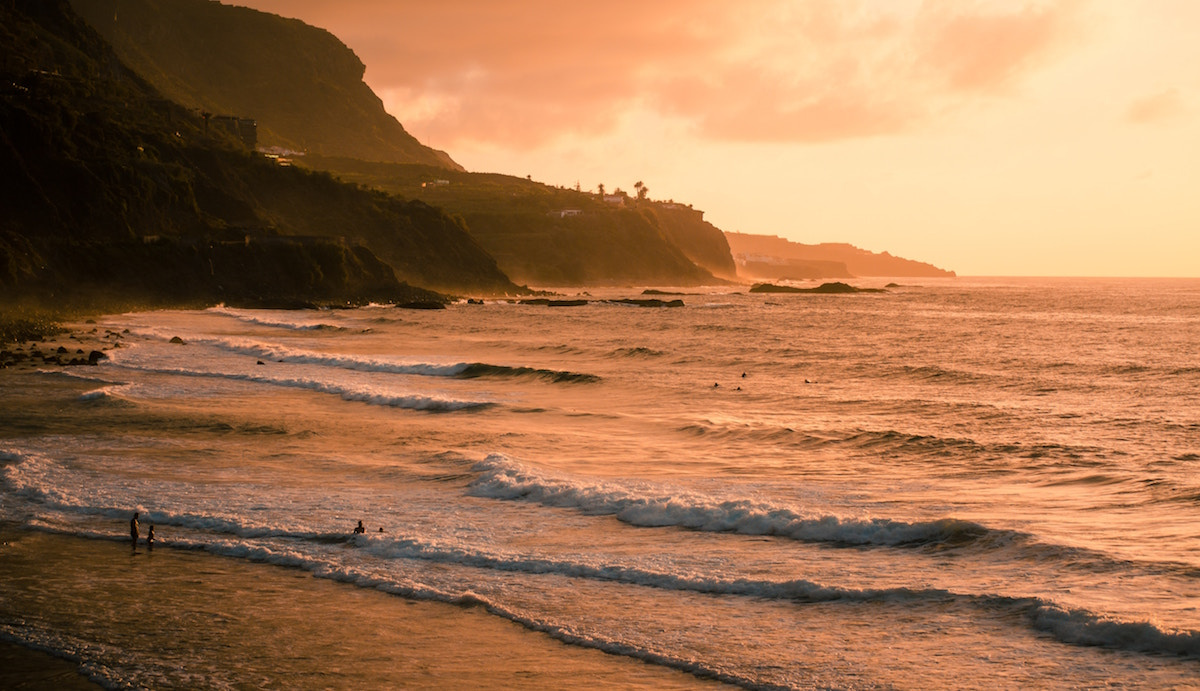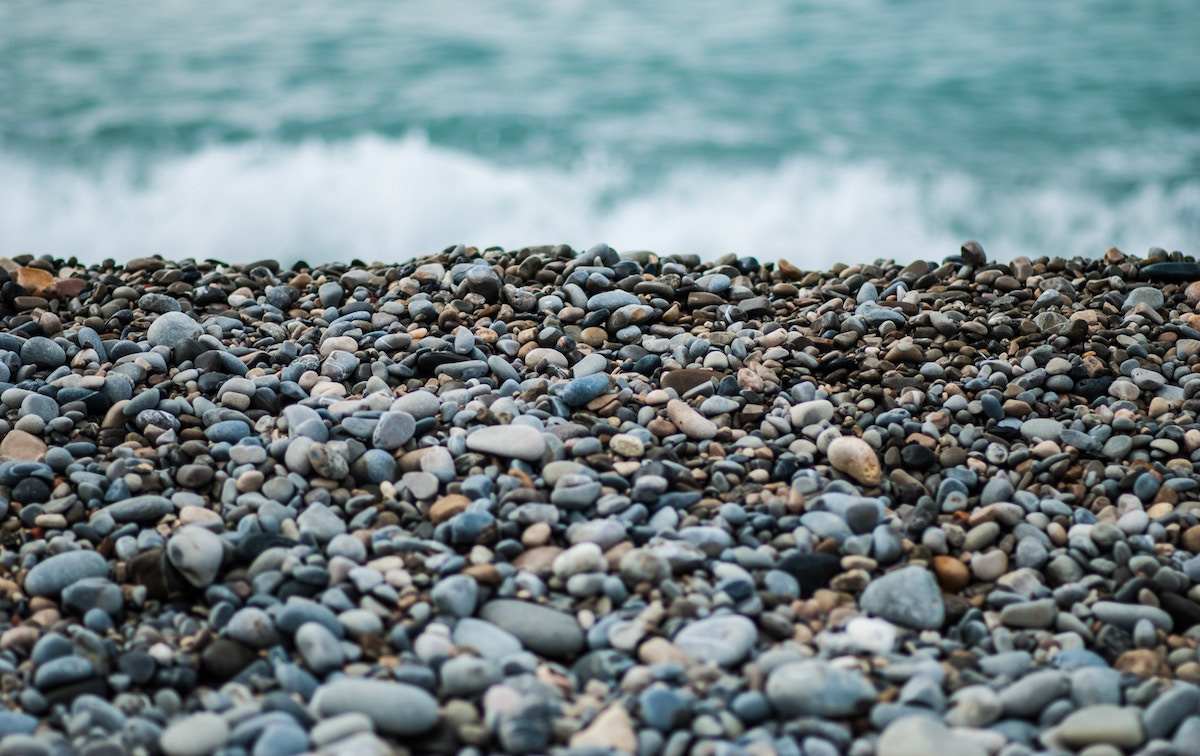Spain’s most populated island, Tenerife, is asking tourists to “leave no trace” when visiting popular beaches like Playa Jardín near Puerto de la Cruz and El Beril near Adeje.
For years — and fuelled by Instagram — travellers have been flocking to the sites to build their own stone towers (piles of stacked rocks). But few know the disastrous impact they’re having on the beach ecosystems.

“The stones provide a home for living beings, such as plant organisms that are essential for the health of the soil and are needed for insects to thrive,” explains biologist Pedro Luis Sánchez.
“They in turn provide food for reptiles who live under these rocks. When we pile up the rocks, we take away their home,” he adds.

Unlike similar Buddhist stone towers or Gaelic cairns, the stacked stones in Tenerife hold no spiritual significance.
According to Lonely Planet, local conservationists and the Tenerife government have launched a campaign to stop the stacking; they’re also considering an outright legal ban.

This, after about 150 volunteers met in July 2019 to dismantle the rocks and level the beach — only to find all the towers rebuilt the next day.